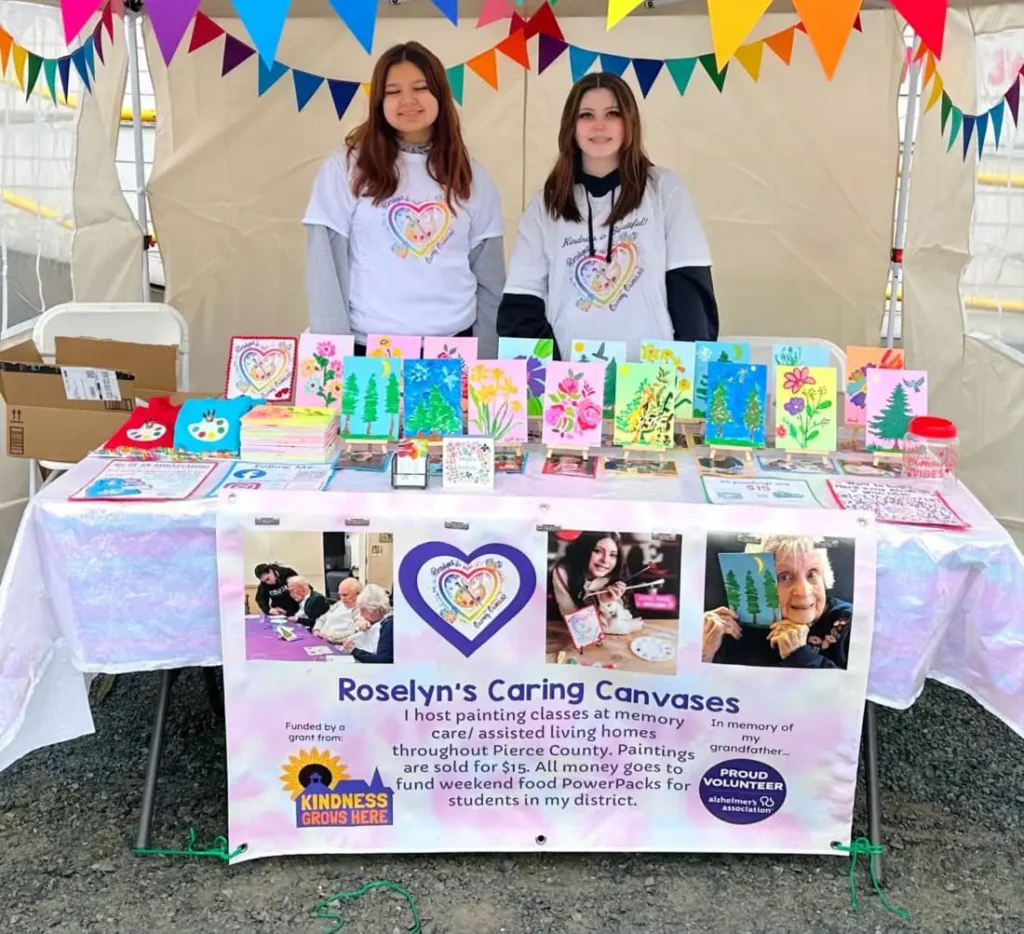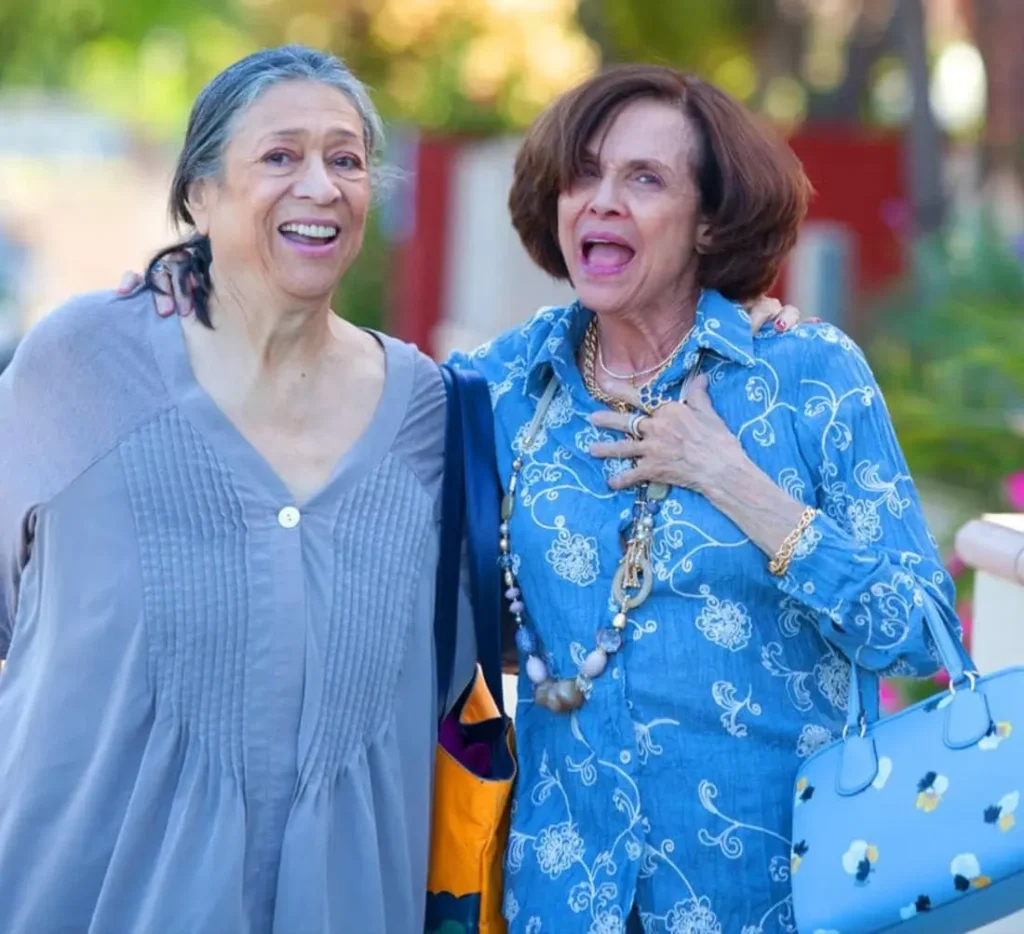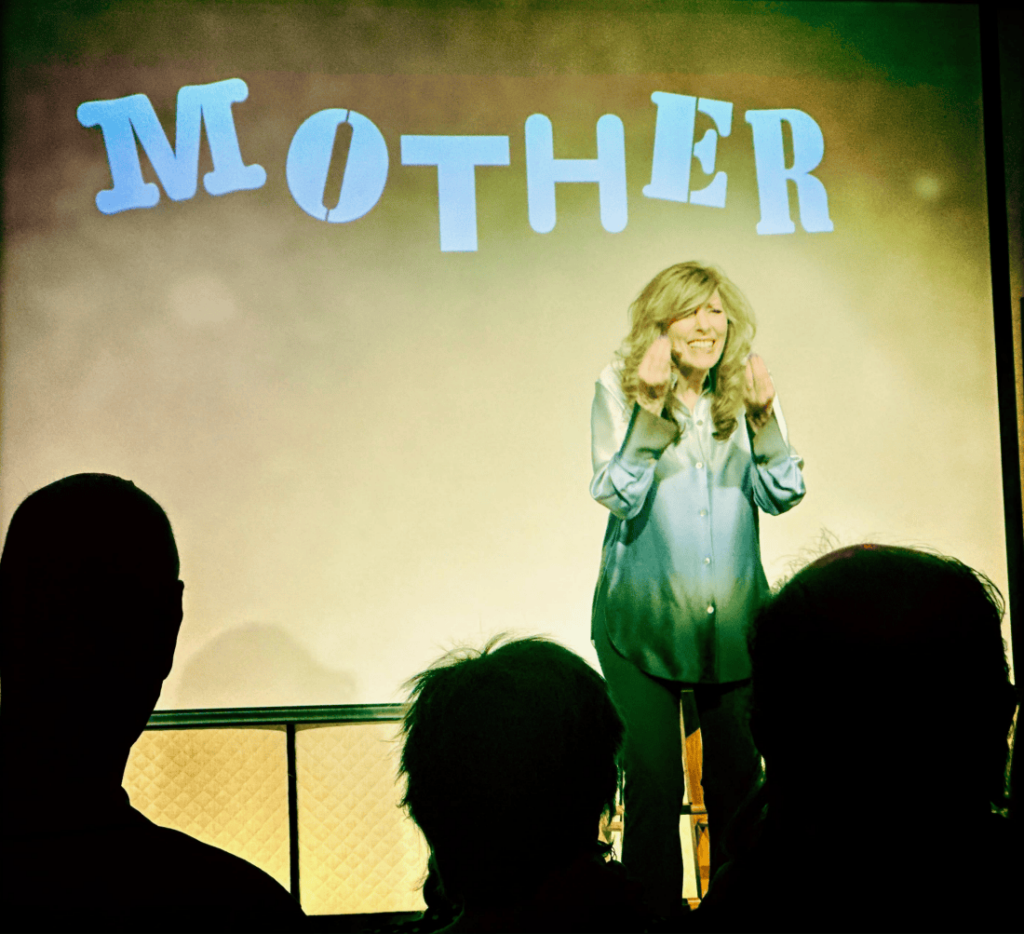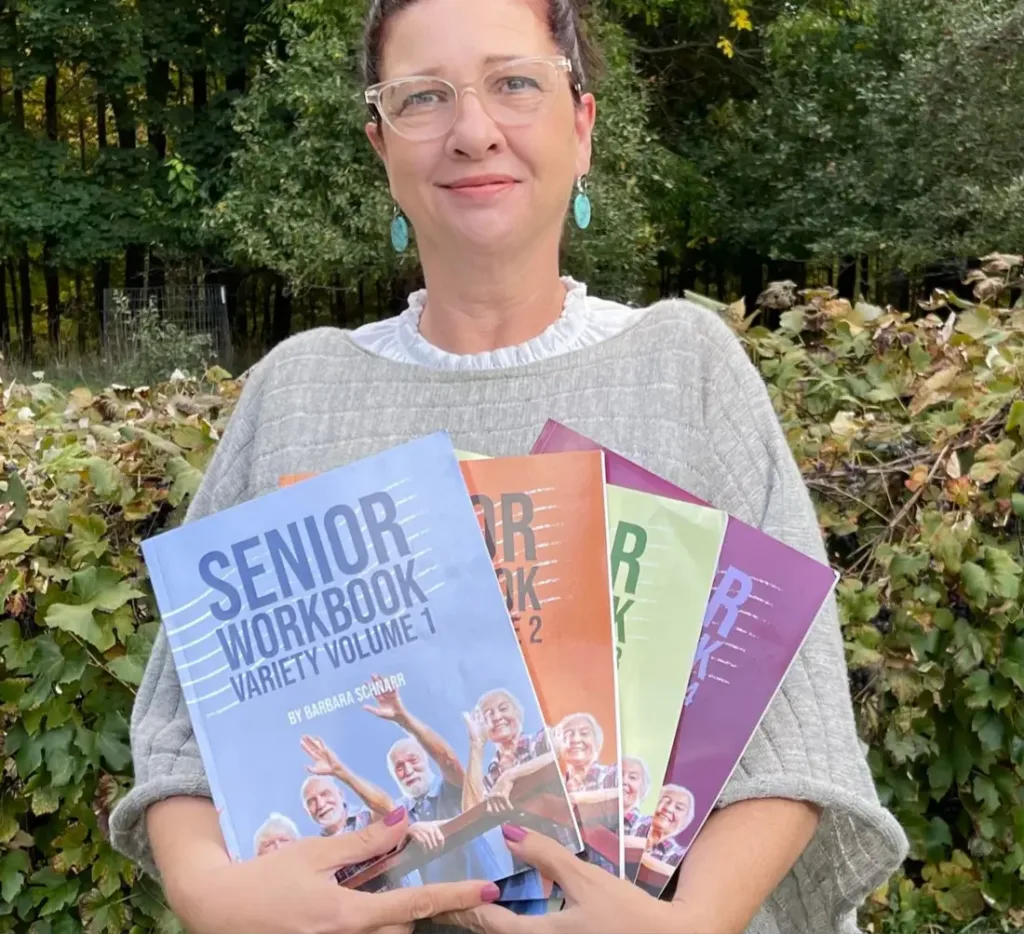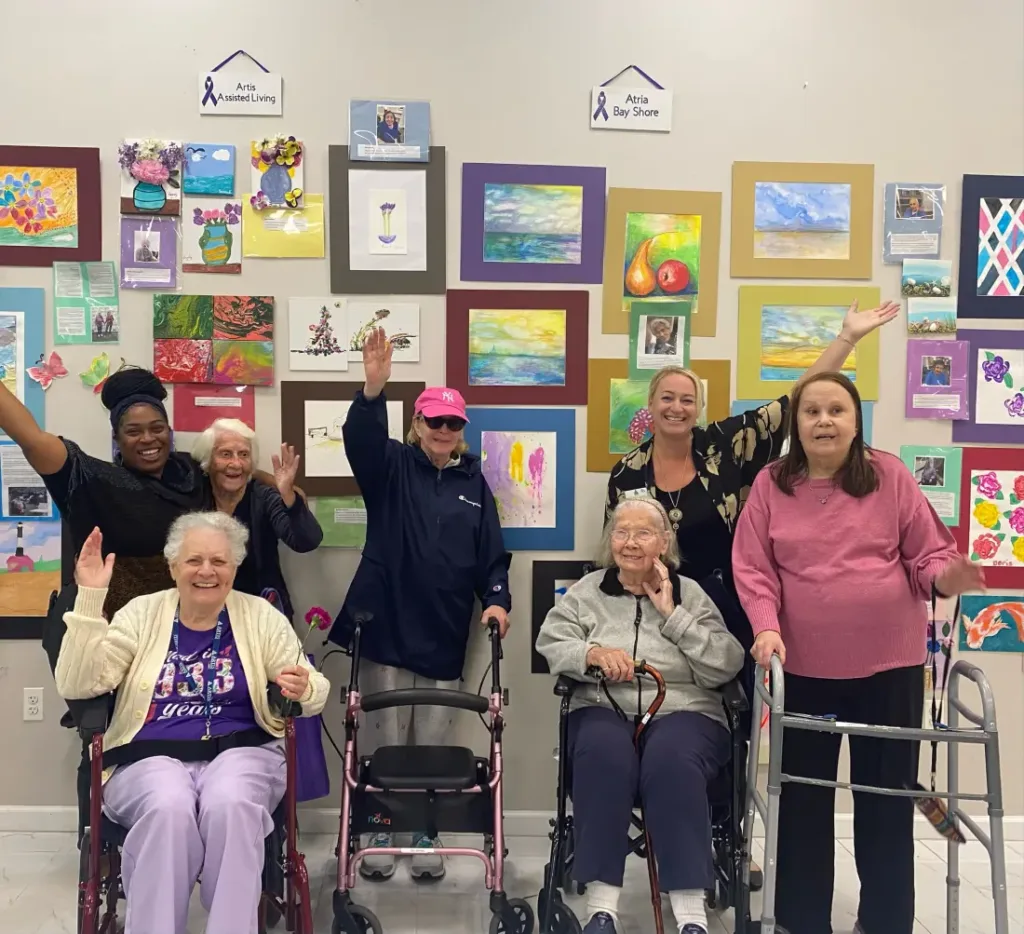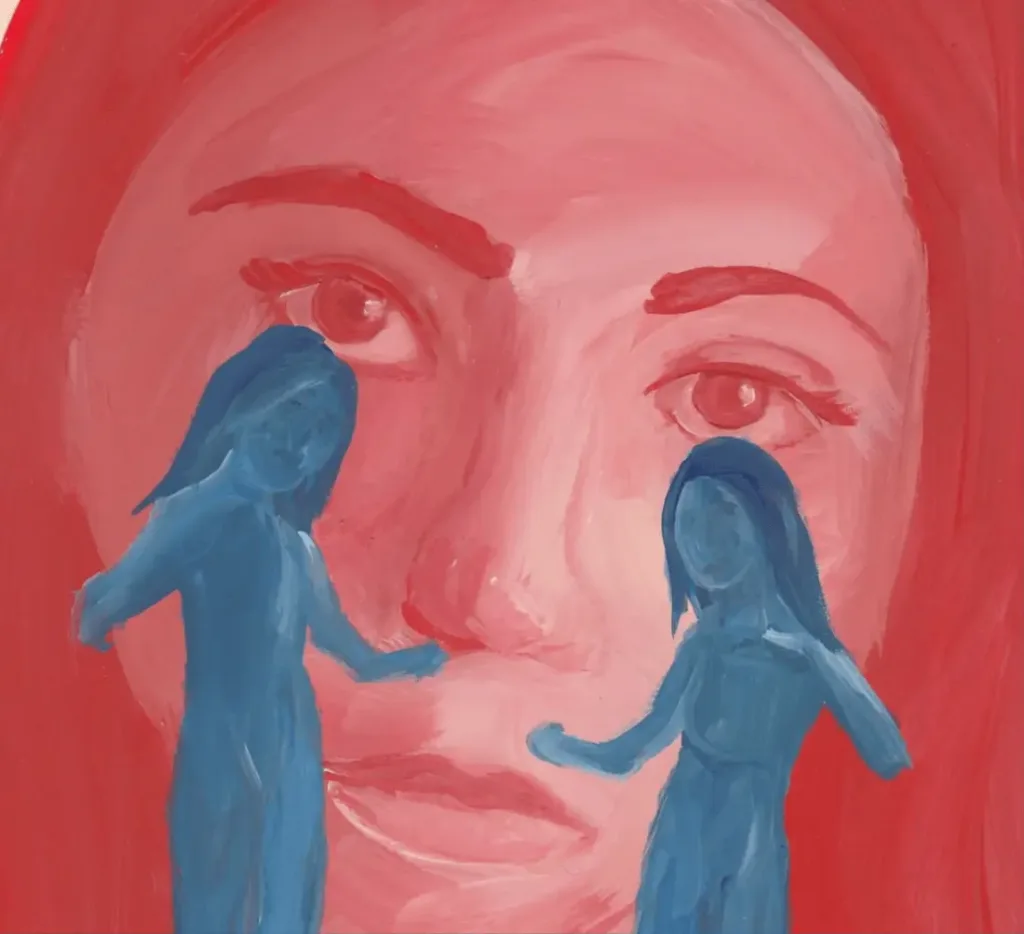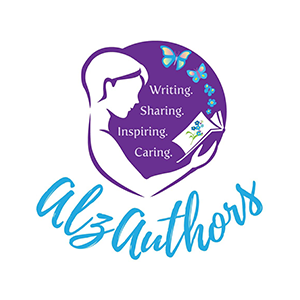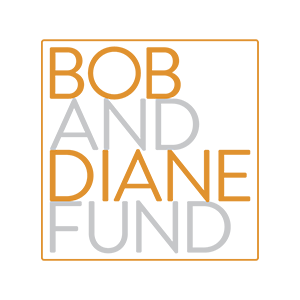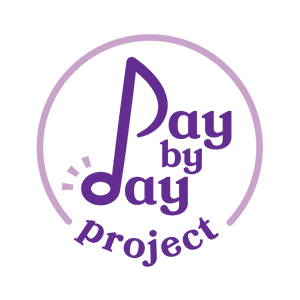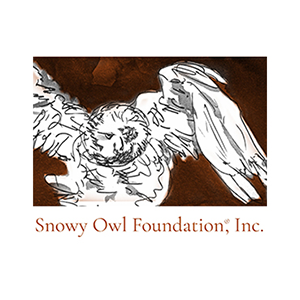An interview with Amy Li, Founder
Amy Li experienced firsthand the impact of stress, isolation and loneliness as she battled – and beat – Stage IV cancer through months of chemotherapy and rehabilitation in 2012. In that sense, she knows just how hard it can be for persons living with dementia and their care partners as they struggle to find meaning, companionship and inspiration during difficult times.
“After going through such a challenging time, and recovering, I just wanted to give back.”
Amy founded Dance4Healing in 2014 to do just that. Dance4Healing is built around a technology-enabled music and dance platform that allows participants to dance and move together with other patients, caregivers, family members and dance buddies anytime, anywhere, all over the world. The platform was originally tested and used for many years with cancer patients as part of the Stanford University Cancer Center Supportive Care Program and is now being used in senior centers and in collaboration with Dementia Spring is applying for a NIH grant to prove the model in dementia and Alzheimer’s Disease.
Patients enroll in an 8-week program, with in-person classes once a week followed by online groups on Wednesdays (the program is entirely virtual since the pandemic began). Amy has made sure that dancing ability is not a limiting factor by using dance instructors who are sensitive to people’s abilities – yes, wheelchairs are fine too – and also by easing into the dance component gradually. This places people’s focus on expressing themselves rather than getting the dance ‘right’ or being embarrassed by what they can or cannot do.
“We start with a launch party and we focus on bonding exercises, fun dancing maneuvers, trying to bring out the hidden, playful side of people,” says Li. This usually includes an exercise focused on closeness and touch – where people share a concern about the disease and the group can come in closer or farther to the speaker according to how strongly they share that concern.

“There are often lots of tears,” Li says, “because people are thinking ‘Why am I so concerned about this, why do I feel this way, is there something wrong with me?’ but then they realize they are not alone.”
The buddy system is another key to Dance4Healing’s success. People might be motivated to stick with the program, but without a ‘prompt’ they just won’t do it. Li’s background in human-centered design and psychology has greatly influenced the way Dance4Healing is designed, as have her early experiences in the creative arts.
“I’ve always had a huge passion for the creative arts, they speak to my soul,” Li says. Growing up in China, she was always singing and dancing for anyone who would listen and watch. After winning a public speaking competition when she was twelve, she was put on stage frequently – singing, dancing, and even telling jokes. “I was really nearsighted and I couldn’t see the audience too well,” she says now, “so I was never very scared!”
School newspapers in China were done in chalk on blackboards back then, and Amy’s were always the best in the school. So when she immigrated to America, a friend recommended she take computer graphics classes in community college, and that set her squarely down the path of computer information systems, marketing and human-centered design. She was hired by Yahoo!, completed a MFA in graphic design, did work in AT&T’s interactive research and development group, and was then awarded a women-entrepreneur scholarship at Singularity University which brought her to the SF Bay Area to work with NASA. It was during that time she was diagnosed with Stage IV cancer, and when her work pivoted to music and dance and the healing power of the arts.
“Music and dance can enter people’s brain,” says Li, regardless of dementia. “Music and dance can have such an impact on human emotions, it connects with our souls and has no cultural borders.”
Watch the Dance 4 Healing video interview:
For more information on the healing power of dance and the Dance4Healing program, please visit their Dance4Healing.com, Facebook, and Instagram @Dance4Healing. They share interesting research on music and dance. People are welcome to sign up and utilize the platform free of charge!


